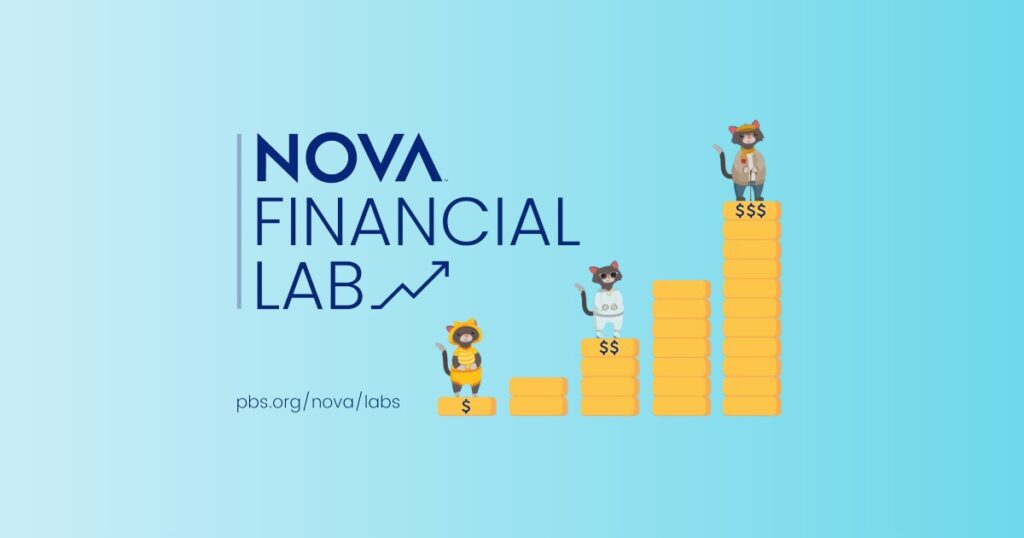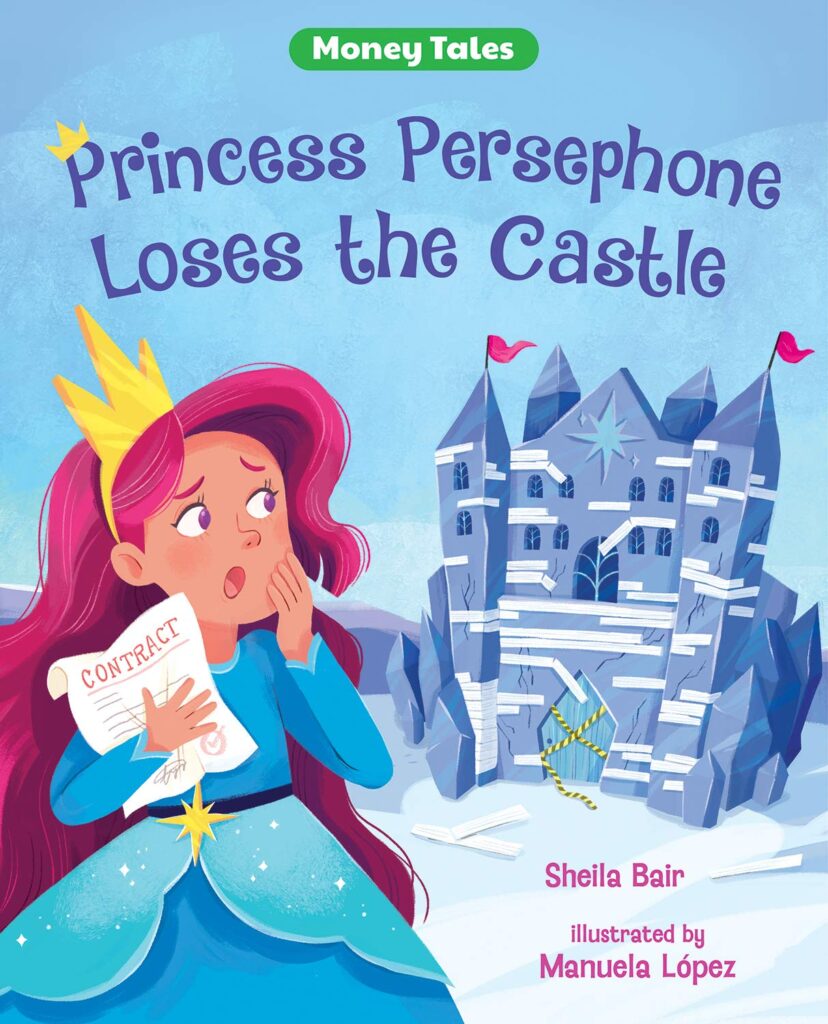
Content Partner
Grades 6-8, 9-12

Don't have an account yet? Sign up for free
Don't have an account yet? Sign up for free

The students work in small groups that represent households. Each household answers questions about stocks and stock markets. For each correct answer, a household earns shares of stock. At the end of the game, the groups that answered all questions correctly receive a certificate good for 150 shares of stock in The Stock Knowledge Company. They also receive dividends based on their shares. Those who answered fewer questions correctly receive fewer shares and smaller dividends. Finally, the students participate in a role playing activity to learn more about stocks.
Stocks are sometimes called equities. Equity means ownership. If you own a stock, you have equity in, or own, a portion of the company that issued the stock. When a corporation decides to sell shares of its stock to the public, it hires an investment banker to sell the stock. This sale is called an initial public offering (IPO). In return for shares sold, the company receives money. After the shares are sold in the primary market, stocks are bought and sold by the public in secondary stock markets such as the New York Stock Exchange and the NASDAQ Stock Market.
This lesson was originally published in CEE’s Learning Earning and Investing for a New Generation , which introduces students to the world of personal finance through 21 lessons that provide active learning experiences to help students master the basics of investing. Visit the CEE Store for more information about the publication and how to purchase it.

Content Partner
Grades 6-8, 9-12

SIFMA Foundation
Grades 3-5, 6-8, 9-12


Content Partner
Grades K-2, 3-5

Grades 9-12
